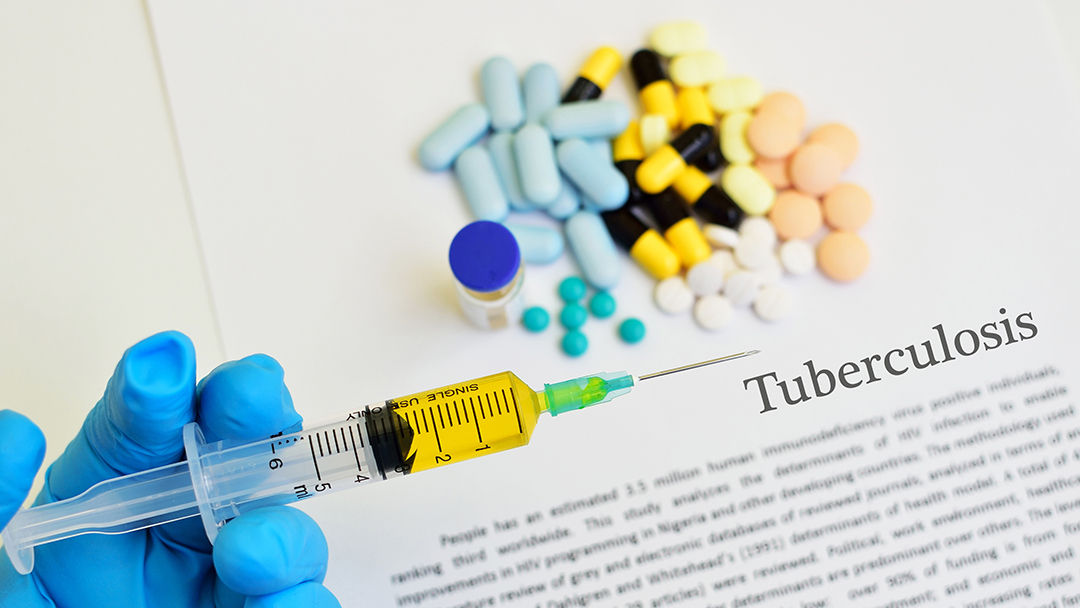VALUE TB
Cost-effectiveness of two new shortened (4-month) regimens replacing either E (ethambutol) or H (isoniazid) with M (moxifloxacin) against the current 6-month standard care for treatment of active tuberculosis

Objective
The REMoxTB study1 aims to evaluate two shortened (4-month) regimens replacing either E (ethambutol) or H (isoniazid) with M (moxifloxacin) against the current 6-month standard of care. The evaluation was conducted using a three-staged approach. Firstly, a decision analytic economic model was developed focusing on the detailed analysis of direct impact on costs and health gains that the substitution of the 6-month standard of care with what the new 4-month regimens might have on a patient cohort (Leads:A. Vassall/ F. Cobelens1). The model was used to explore the differential contribution of expected costs and health gains to the overall cost-effectiveness of new regimens in a range of epidemic and healthcare settings. The second stage focused on both improving any estimates of additional effectiveness due to population-level effects (Leads: R. White and P Dodd 2). Finally we linked the analyses of the two models to the development of a permanent, publicly-available, web-based interface for country use (Lead: D. Dowdy).
The primary responsibilities of A. Vassall/ F. Cobelens (LSHTM/AIGHD) were the development of the decision analytic model and the final decisions on the model parameters and structures.
Description
The REMoxTB trial is testing a shortened treatment regimen for active TB and has recently finished recruitment. If proven effective, it is expected that regulatory approval will be filed in 2014. In preparation, policy and decision makers need guidance on the expected trade-offs that might result from a scale up of this new treatment regimen. Expected trade-offs include the potentially higher costs of drugs, lower health service and patient costs, lower default rates and therefore better patient outcomes, possible higher efficacy in regions with high H-resistance, and a different distribution and severity of side-effects. Expected indirect effects include a population level benefit in the longer term in terms of fewer infections and decreases in circulating resistance.
We propose a staged approach to examine the above trade-offs and assess cost-effectiveness. First we will examine the effects of REMoxTB on costs and patient outcomes using a cohort based decision analytic model. This detailed analysis will use four index countries as examples: Bangladesh, South Africa, Tanzania and Brazil. These countries have been chosen to reflect the key variations in epidemiological contexts and healthcare systems that are likely to drive the cost-effectiveness of TB treatment. Subsequently, long-term population level effects (transmission effects) will be explored using an individual-based transmission model. Finally, we will simplify these models and link them to a permanent, publicly available, web-based interface that can be used by decision-makers at all levels, incorporating the most up-to-date data.
Outcome
Decision analytic cost-effectiveness modelPublications
Cost and cost-effectiveness of tuberculosis treatment shortening: a model-based analysis.
Funders
London School of Hygene and Tropical Medicine (part of bigger grant LSHTM received from BMGF)
Countries
Bangladesh
South Africa
Tanzania
Brazil
